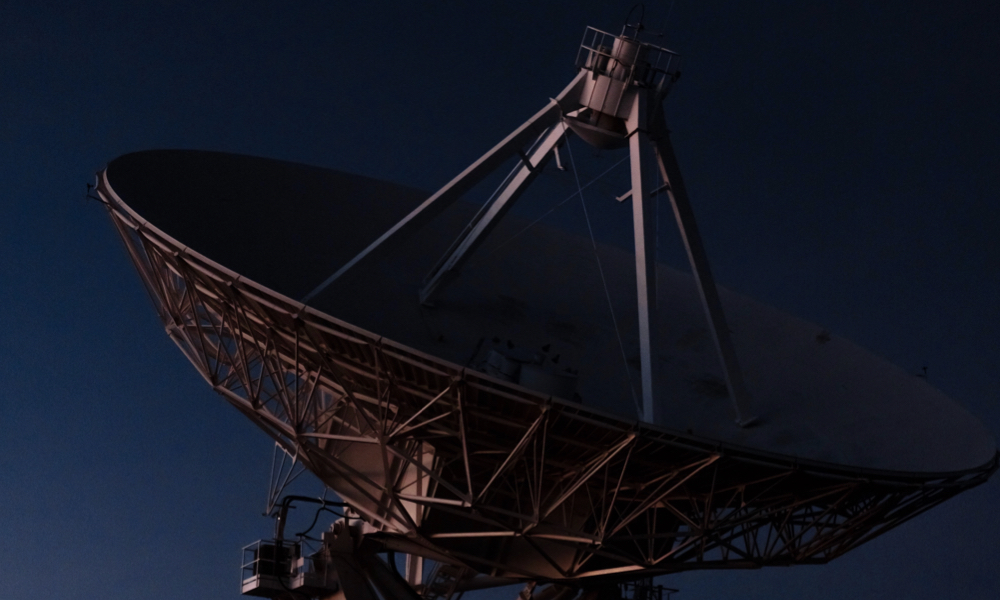
PROJECT TITLE: Technology for manipulation and removal of dust for Mars missions — TechDustMars
Coordinator: National Institute for Laser Plasma and Radiation Physics (INFLPR)
Partners:
- S.C. UPS Pilot Arm S.R.L. (UPS)
- Institutul de Fizica Atomica (IFA
Period: 29 November 2013 – 28 May 2016
Project director: Dr. Catalin M. Ticos, CS I
Project team:
- From INFLPR: 1 senior scientist CS I, several junior scientists (CSIII, CS, ACS), technicians
- From UPS: 1 Prof. Dr., several engineers, technicians
- From IFA: 1 engineer
Description: Fine silicate mineral dust particles (10’s nm to 1 mm) are a component of Mars atmosphere.
The microparticles are electrically charged due to ionization by radiations and by mechanical factors (friction during storms).
Dust is a hazard for missions because:
- it can block the bearings, joints and movable parts of tools or machines;
- it can cover the windows, solar panels, detectors;
- it can wear off the fabric of space suits;
- it is a potential health treat if present inside the human habitat.
Images from Mars during a dust storm: the atmosphere becomes opaque due to high dust concentration (from NASA/JPL-Caltech/Cornell)
Project objectives:
- Realization of an experimental model of a coaxial plasma gun for dust removal
- Realization of a simulation model of the coaxial gun system
- Demonstrate the feasibility of the experimental model at low pressure, in conditions similar to the Martian atmosphere.
Activities:
- Phase 1 includes hypotheses, theories and concept model of a coaxial plasma gun, and development of experimental and simulation models;
- Phase 2 deals with the experimental evaluation of the effect of plasma jet on surfaces and simulation of plasma jet interaction with surfaces;
- Phase 3 realizes the design of the experimental model, implementation of the technology which consists in building and testing of the dedicated coaxial gun.
Contributions to the STAR programme objectives:
The project fulfills the requests of the STAR grant call:
“CDI projects will be aimed primarily at conducting research which will lead to the development of scientific missions, technology development and application of space technologies and results in this area. For projects with industrial research and experimental development in partnership the presence of at least one private company is required”
“Achieving scientific and technological results at European level, as reflected by increasing visibility and international recognition of Romanian research.”
Homepage: TechDustMars
